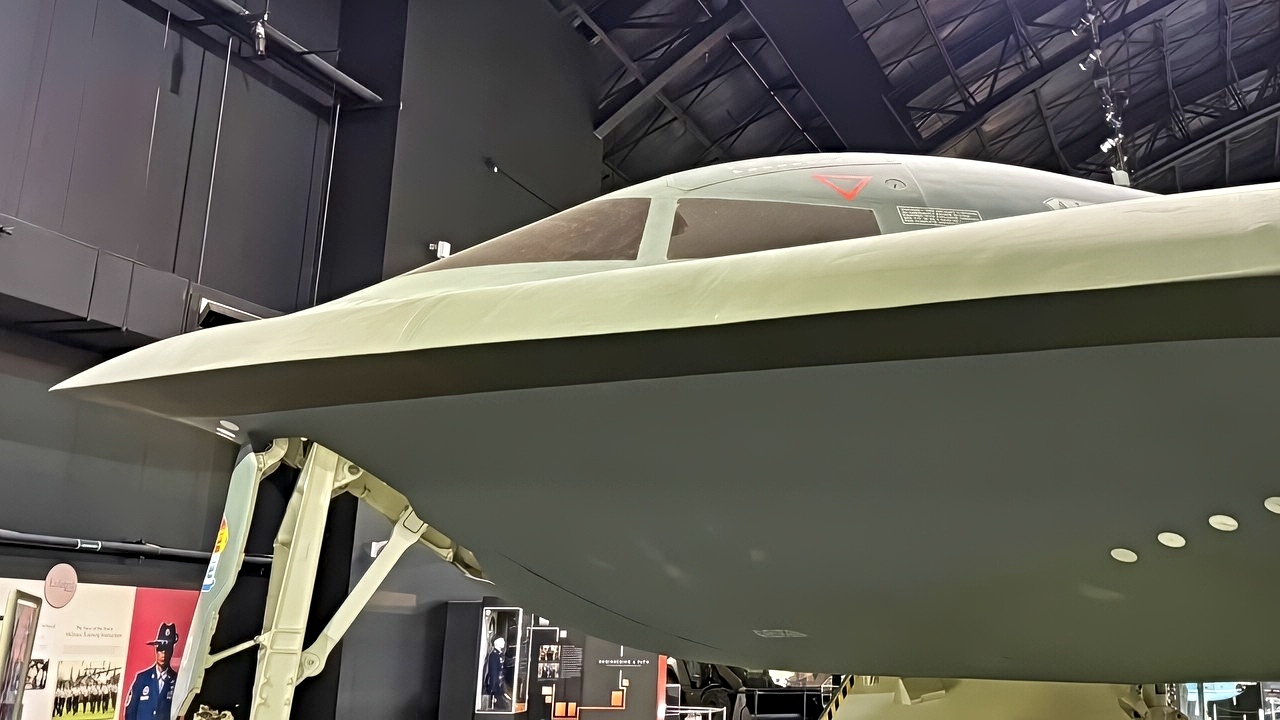Key Points and Summary – Despite its Cold War origins, the B-2 Spirit stealth bomber remains an eminently capable and continuously evolving platform.
-The U.S. Air Force is constantly modernizing the B-2 with hardware and software upgrades to ensure it can survive in highly contested airspace.
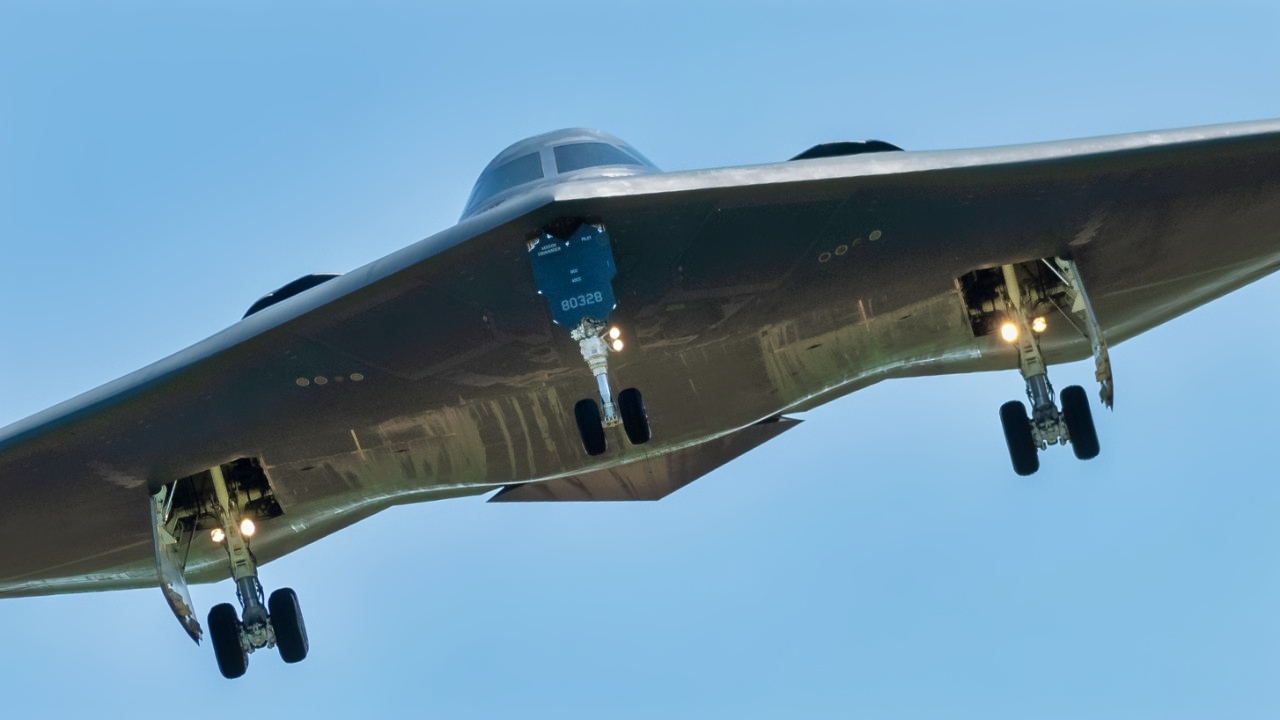
A B-2 Spirit returns to Whiteman Air Force Base, Missouri, from a deployment to Diego Garcia, British Indian Ocean Territory, May 9, 2025. The 509th Bomb Wing and its fleet of B-2 aircraft serve as part of the U.S. Air Force’s conventional and strategic combat force with the capability to project U.S. airpower anywhere around the world. (U.S. Air Force photo by Senior Airman Devan Halstead)
-A key and often overlooked feature is its Defensive Management System, which allows the crew to detect and evade enemy air defenses in real-time.
-While newer platforms like the F-35 focus on network-centric warfare, the B-2’s design prioritizes pure stealth and survivability for its critical deep-strike missions, keeping it relevant until the B-21 Raider enters service.
Old but Gold: the US Air Force Keeps the B-2 Spirit Bomber Alive
The B-2 strategic stealth bomber is the airborne leg of the United States’ nuclear triad, capable of dropping nuclear weapons anywhere in the world, with in-flight refueling.
Compared to newer stealth platforms, such as the F-35 stealth fighter, the B-2’s sensor suite focuses less on networked information sharing and operations and more on successfully executing highly complex, specialized stealth strike operations.
The B-2 was designed later during the Cold War explicitly to penetrate deep into Soviet airspace and drop nuclear weapons on important military and political targets.
To that end, the B-2’s design places a premium on survivability through low observability and very precise strikes.
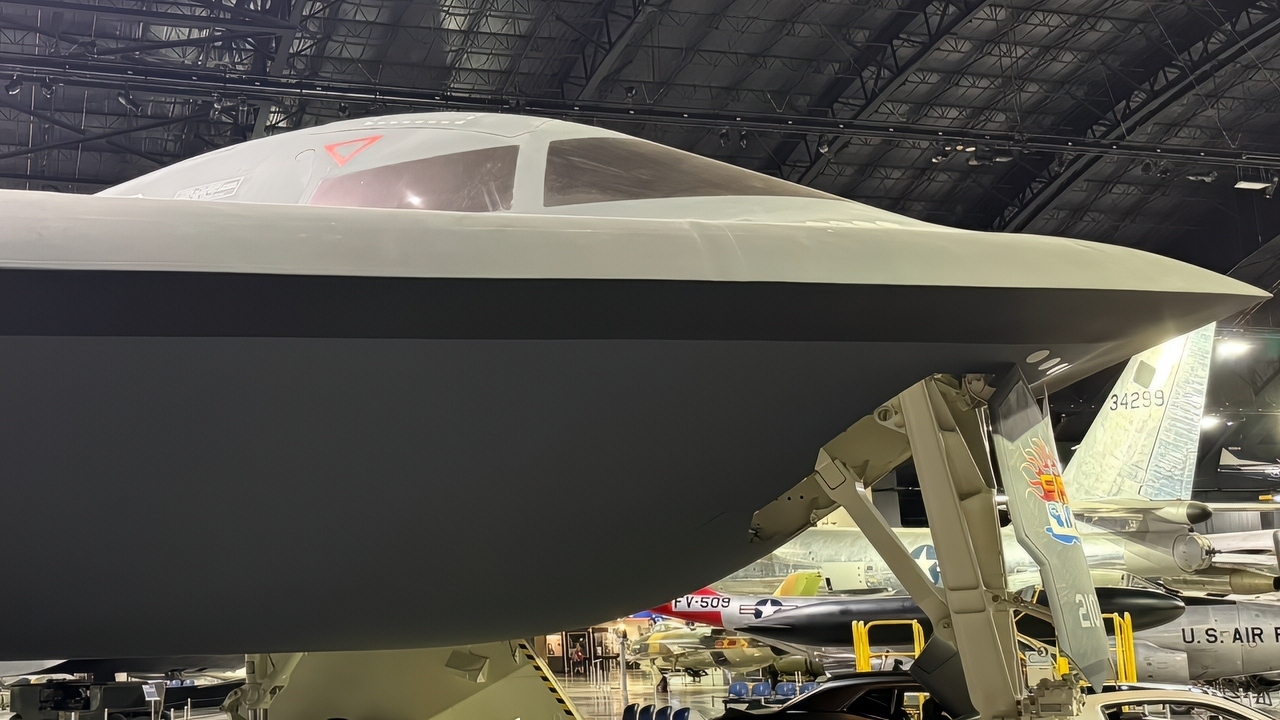
B-2 Bomber Really Close Up National Security Journal Photo
Aiding that goal is the B-2’s radar. Due to stealth requirements, the Spirit’s radar was explicitly designed to reduce the bomber’s emissions and evade adversary receivers.
One of the B-2’s least-known pieces of kit is its Defensive Management System, or DMS. This system finds and identifies enemy radars and air defenses, displaying that information to the pilots. The crew can then determine the best route to their target with precise, real-time information and avoid detection. The system is reportedly undergoing an overhaul that will enhance its sensor sensitivity.
But the trade-off at the time was a sensor suite that was functional and capable, but also conservative. The bomber’s APQ-181 radar gave it a terrain following and mapping capability, the B-2’s infrared and electro-optical sensors gave the two pilots navigation and targeting information, and the Spirit’s Defensive Management System showed pilots where enemy radars were. But the Spirit, at least as initially designed, did not relay its data to other assets, partially in order to minimize electronic emissions and the likelihood of the bomber being “seen” by adversaries.
Even though the B-2 Spirit bomber’s origin story dates back to the Cold War, the stealth bomber remains an eminently capable platform — and one that is only improving with age.
A Steady Round of Continuous Updates and Upgrades
The US Air Force Nuclear Weapons Center explains that the B-2 Spirit “has received several updates to its platform within the Air Force Life Cycle Management Center’s Bombers Directorate. These updates happen continuously to ensure the B-2 fleet remains operational until the B-21 is fielded.”
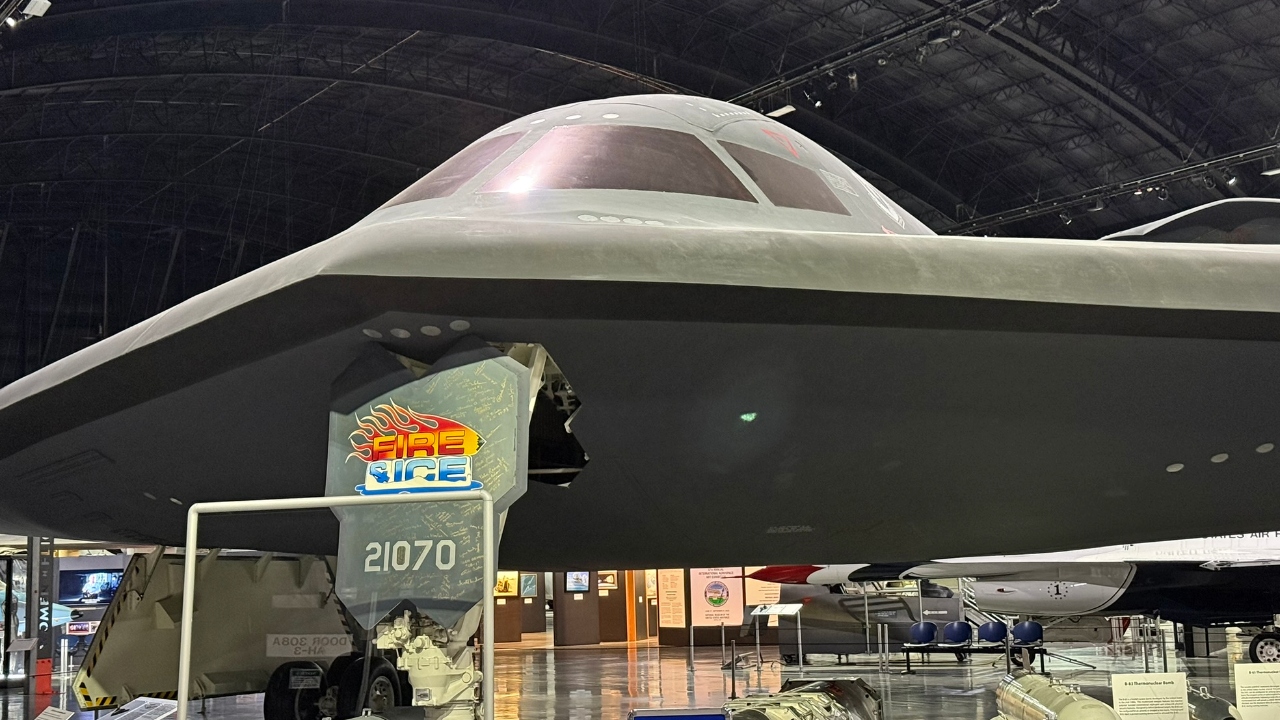
B-2 Bomber @ U.S. Air Force Museum. Image Credit: National Security Journal.
It adds that these upgrades to the stealth bomber “happen in-house at its laboratory at Tinker AFB and may include acquisition programs that modify either hardware or software.”
“We have anywhere from two to three upgrades in the queue, going on at any given time in various phases of coding, development, testing, and fielding,” said Amanda Sieler, B-2 Integrated Functional Capabilities Branch deputy program manager. “One of our programs contains over 300-plus software changes to its sustainment software.”
The B-2 Advanced Program Branch is responsible for updating the B-2 Spirit’s ability to survive in highly contested airspace and keeping the bomber’s communication ability up to date. B-2 maintainers pushed back firmly against categorizing the Spirit as an older bomber.
“A lot of people talk about the B-2 as a legacy platform, and that is incorrect: it is an operational platform conducting strikes today, and if the flag goes up tomorrow, it will be one of the first platforms to conduct strikes,” explained Lieutenant Colonel Robert Allen, a materiel leader with the B-2 Advanced Programs Branch.
“That is why it is critical for this SPO to deliver novel capabilities to ensure our operators can aviate, navigate, communicate, strike their targets and get home safely.”
What Happens Now to the B-2 Bomber?
Compared to newer stealth platforms like the F-35, the B-2 is less intended to gather information and transmit it to other assets on the ground or in the air. Instead, the B-2’s design places a premium on minimizing detection as much as possible.
To that end, the B-2 minimizes electronic emissions, and its sensor suite is geared more toward mission execution and navigation rather than collecting battlefield data. The F-35, on the other hand, while also stealthy, is built to see everything going on in the space surrounding it, analyzing that data to build real-time battlespace pictures, and relaying that information to other assets.
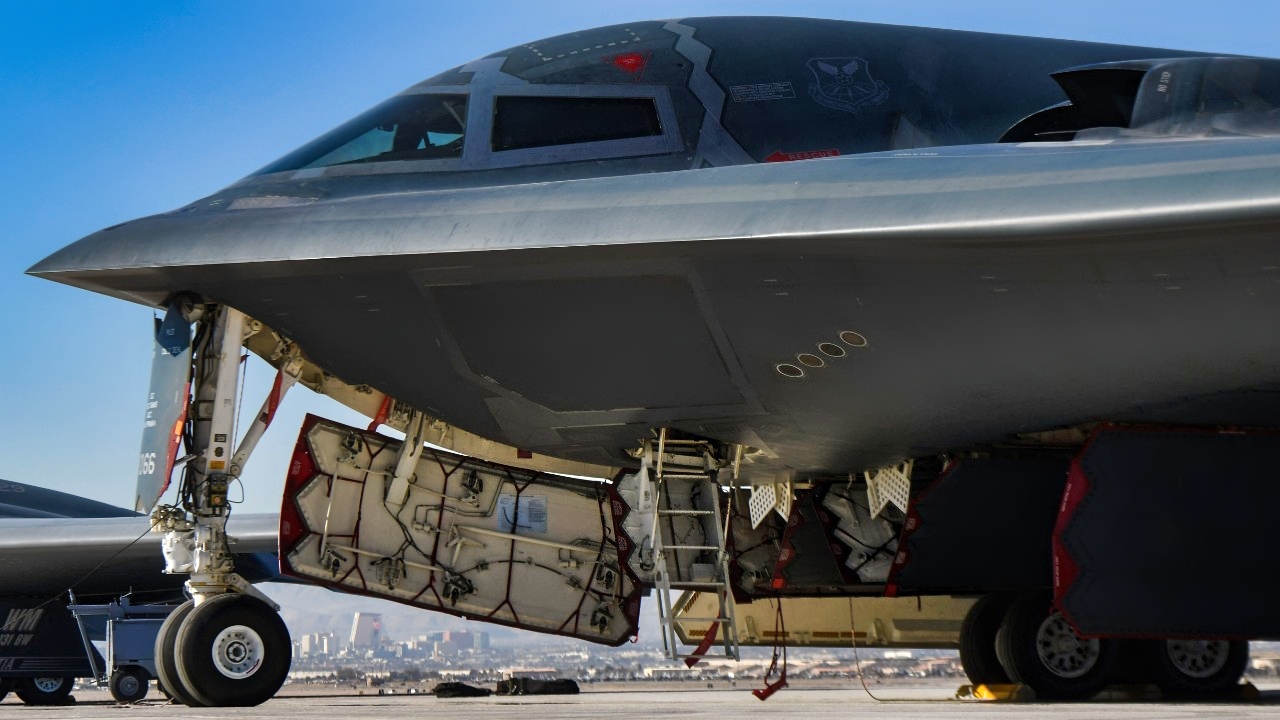
Three Whiteman Air Force Base 393rd Expeditionary Bomb Squadron B-2 Spirit stealth bombers sit on the runway during Red Flag-Nellis 22-1 on Jan. 26, 2022, at Nellis Air Force Base, Nevada. Red Flag-Nellis 22-1 provides realistic combat training that saves lives by increasing combat effectiveness. (U.S. Air Force photo by Senior Airman Michael A. Richmond)
In the future, the US Air Force’s newest bomber, the B-21 Raider strategic bomber, will combine the stealth qualities of the B-2 and F-35 while also being capable of relaying battlespace information to other aircraft — in essence, a flying command-and-control aircraft that can also drop nuclear and conventional weapons.
Like the F-35, the B-21 Raider will act as an informational node in a larger network: able to avoid detection, gather relevant battlespace information, and relay that information onwards for better understanding of the threat environment in near-real time.
About the Author: Caleb Larson
Caleb Larson is an American multiformat journalist based in Berlin, Germany. His work covers the intersection of conflict and society, focusing on American foreign policy and European security. He has reported from Germany, Russia, and the United States. Most recently, he covered the war in Ukraine, reporting extensively on the war’s shifting battle lines from Donbas and writing on the war’s civilian and humanitarian toll. Previously, he worked as a Defense Reporter for POLITICO Europe. You can follow his latest work on X.
More Military
The New Boeing Stealth F-47 Fighter Might Be the Best Ever
The U.S. Navy Can’t Touch Russia’s Titanium Alfa-Class Submarine
The Air Force’s F-22 Raptor Fighter Nightmare Is a ‘Self-Inflicted Wound’
J-36 vs. F-47: Which 6th Generation ‘NGAD’ Fighter Will Be ‘First’?


